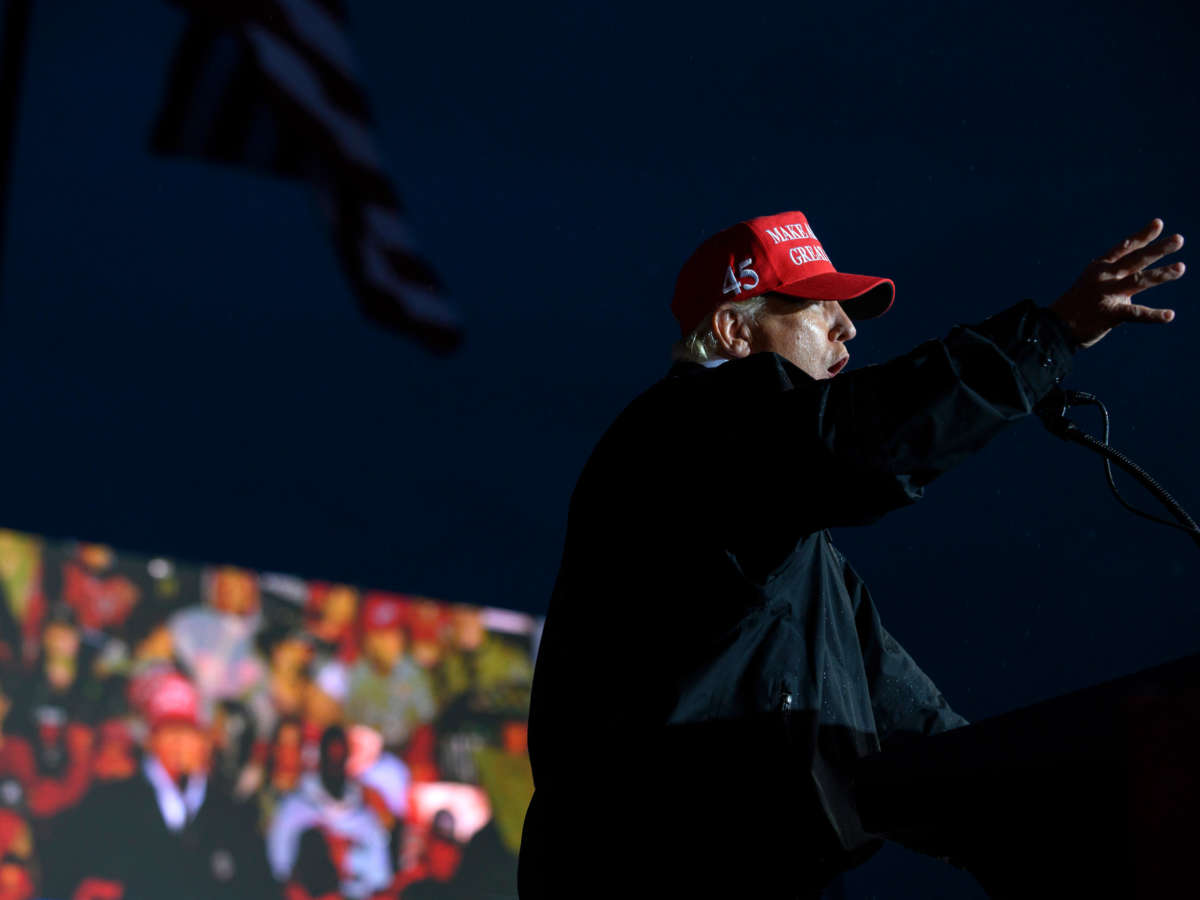My living room bookshelves are festooned with the knickknacks of a lifetime. My union lapel pin, my daughter’s first dance shoes (so bitty!), a snapshot of my mother with baby me smiling up from her lap … and in the corner of the top shelf, in front of How the Irish Saved Civilization, is a dimpled white Titleist golf ball with a multi-colored “E” graphic on one rounded side. “E” for Enron, for evil, for everything we always knew about George W. Bush but let him get away with anyway.
Yeah, they had their own balls specially made, too. A friend whose dad was in the oil biz and golfed with the Enron boys gave it to me in 2002, and I have held on to it ever since, fully intending to throw it at Bush if I ever get the chance. The shoes were cool, but a golf ball will leave a mark. If my aim is true, maybe that colorful “E” will stick to his forehead, not that it hasn’t been there all this time already. You just need the right kind of eyes to see it.
Twenty years is a long time, but you may still recall the heady days of the massive energy company Enron and its regal position in the constellation of Texas power brokers. They were the lords of all they surveyed, made ghastly recordings of themselves bragging about scamming grandmothers out of their last dollar, and George W. Bush was their man for all seasons … until the roof caved in. Enron was accused of an astonishing raft of fraud, its accounting firm Arthur Andersen stood deeply complicit, and by the summer of 2002, both companies were in ashes.
“July was a catastrophically bad month for the Bush administration,” I wrote that year. “Every time George spoke on camera, the Dow Jones would melt through the floorboards. The shady, patently illegal dealings of his old company, Harken, were a regular topic for the news talk shows. His Vice President had gone into hiding to avoid subpoenas that would compel him to spill the beans about another criminal enterprise, Halliburton, as well as the ways and means of the back-room corporate dealings which led to the Bush administration’s energy plan. Hovering over it all like the raven was Enron, and all the winding financial roads that led from Ken Lay to the Oval Office.”
By September 2002, of course, everything had changed. The first anniversary of the 9/11 attacks arrived as the 20-year war in Afghanistan was into its ninth month, with the invasion of Iraq only six months away. The 2002 midterm elections were at the forefront of political discourse, and Bush adviser Karl Rove was instructing fellow Republicans to “run on the war.” Which one? It didn’t matter. The press dutifully took the bait, Bush ran through the raindrops into a post-presidential career as a terrible painter, and that golf ball has been gathering dust on my shelf ever since, just waiting for the main chance.
It was with no small surprise, then, to find myself greeted with the specter of Enron again after all these years, and all thanks to the ongoing legal travails of Donald Trump. As The New York Times reports, Trump’s tussle with the Justice Department over his hoard of top-secret documents has put the disgraced energy juggernaut back into the center of the conversation:
Since the release of the search warrant, which listed three criminal laws as the foundation of the investigation, one — the Espionage Act — has received the most attention. Discussion has largely focused on the spectacle of the F.B.I. finding documents marked as highly classified and Mr. Trump’s questionable claims that he had declassified everything held at his residence.
But by some measures, the crime of obstruction is as, or even more, serious a threat to Mr. Trump or his close associates. The version investigators are using, known as Section 1519, is part of the Sarbanes-Oxley Act, a broad set of reforms enacted in 2002 after financial scandals at companies like Enron, Arthur Andersen and WorldCom.
Section 1519 of the U.S. Code makes no bones about its intentions: “Whoever knowingly alters, destroys, mutilates, conceals, covers up, falsifies, or makes a false entry in any record, document, or tangible object with the intent to impede, obstruct, or influence the investigation or proper administration of any matter within the jurisdiction of any department or agency of the United States or any case filed under title 11, or in relation to or contemplation of any such matter or case, shall be fined under this title, imprisoned not more than 20 years, or both.”
Trump’s legal plight is becoming grimmer by the day, and a growing number of his political allies are openly beginning to wonder if he is worth the bother. Even cowards like Mitch McConnell, who wouldn’t say shit about Trump even if he had a mouthful of it, may be preparing to hang a BLAME THIS GUY sign around Trump’s neck if the former president’s gravity-bending presence in all places at once leads the GOP to a disappointing midterm elections outcome.
What does it all mean? I’ll get back to you when I have any idea. Donald Trump could not exist in politics without George W. Bush coming and going first. Bush killed or displaced more than one million Iraqis in his time, while Trump had a hand in the deaths of more than a million Americans by way of his deliberately bungled COVID response. Neither one gives much of a fig for the Constitution, and it showed in their shared disdain for pesky things like congressional subpoenas. Bush walked away scot-free with a nimbus of high crimes wreathed around him, and Trump may very well do the same before all is said and done.
Or, you know, not.


